They're big, fuzzy, buzzy... and a little bit clumsy. One's an important and prolific pollinator, while the other does damage that outweighs any pollination benefits.
Check out RESCUE! Carpenter Bee TrapStik
Here are some key ways to tell the difference between carpenter bees and bumblebees.
CARPENTER BEES vs. BUMBLEBEES
Carpenter bee appearance:
Carpenter bees have a bare, shiny abdomen that's all black. They measure about 1 inch long. The thorax on some carpenter bee species is yellow; other species have a white, black, brown or blue thorax.

Bumblebee appearance:
A bumblebee's head, thorax and abdomen are all fuzzy. The thorax has a thin yellow band, and the abdomen is yellow and black. Bumblebees can range from 3/4 inch to 1.5 inch in length.

Carpenter bee nests:
Carpenter bees make their nests in wood, drilling a hole and then turning 90 degrees to excavate a tunnel in which to lay eggs.

Bumblebee nests:
Bumblebees build their nests close to the ground, in places like compost heaps, wood or leaf piles, or abandoned rodent holes.

Carpenter bee colony:
Carpenter bees are solitary bees and do not form colonies. They live in small nests constructed by one female who bores into wood to lay her eggs in several small cells.

Bumblebee colony:
Bumblebees are social insects that live in colonies of 50-400 bees. There is one queen, and the other bumblebees gather food to serve her and care for the developing larvae.

Carpenter bee habits:
Carpenter bees hover around wood siding, decks, eaves and fences to excavate a nest or feed the larvae inside.

Bumblebee habits:
Bumblebees visit flowers to collect pollen and nectar. They can make flowers release pollen through the fast vibration of their wings.

Carpenter bee aggression:
Male carpenter bees are known for "buzzing" the heads of humans in an aggressive manner, but they cannot sting. Female carpenter bees can sting if the nest is threatened.

Bumblebee aggression:
A female bumblebee can sting, and will do so repeatedly without losing its stinger. Bumblebees are typically not aggressive unless the nest is threatened.

For many, the costly structural damage caused by carpenter bees outweighs any beneficial aspect of their presence, which is why we created the Carpenter Bee TrapStik®. Just hang the TrapStik® horizontally near untreated wood or wherever you notice carpenter bees hovering, and you can catch them before the damage is done.
Spring is the best time to catch carpenter bees before they mate, but TrapStik® can be used throughout the summer and early fall to get rid of carpenter bees.


 Ant Baits
Ant Baits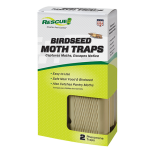 Birdseed Moth Trap
Birdseed Moth Trap Fly Trap Max
Fly Trap Max Fly Trap, Big Bag
Fly Trap, Big Bag 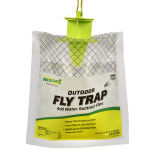 Fly Trap, Disposable
Fly Trap, Disposable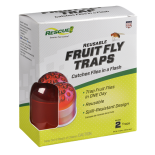 Fly Trap, Fruit Fly
Fly Trap, Fruit Fly Fly Trap, POP! Fly
Fly Trap, POP! Fly 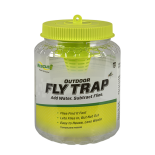 Fly Trap, Reusable
Fly Trap, Reusable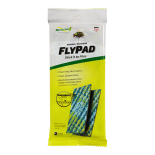 FlyPad
FlyPad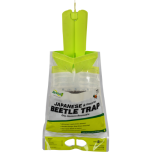 Japanese & Oriental Beetle Trap
Japanese & Oriental Beetle Trap Spider Trap
Spider Trap TrapStik, Carpenter Bee
TrapStik, Carpenter Bee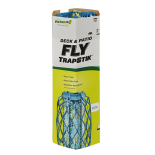 TrapStik, Deck & Patio Fly
TrapStik, Deck & Patio Fly 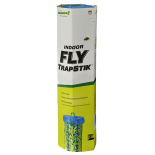 TrapStik, Indoor Fly
TrapStik, Indoor Fly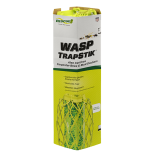 TrapStik, Wasp
TrapStik, Wasp W·H·Y Trap for Wasps, Hornets & Yellowjackets
W·H·Y Trap for Wasps, Hornets & Yellowjackets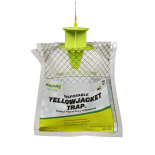 Yellowjacket Trap, Disposable
Yellowjacket Trap, Disposable 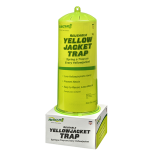 Yellowjacket Trap, Reusable
Yellowjacket Trap, Reusable 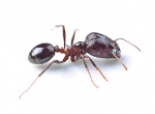 Ants
Ants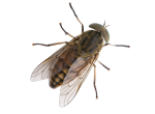 Biting Flies
Biting Flies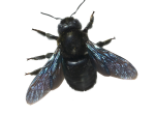 Carpenter Bees
Carpenter Bees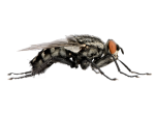 Flies
Flies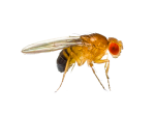 Fruit Flies
Fruit Flies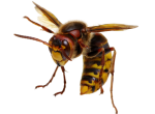 Hornets
Hornets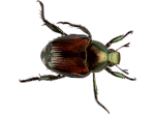 Japanese Beetles
Japanese Beetles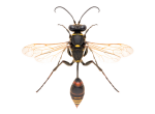 Mud Daubers
Mud Daubers Oriental Beetles
Oriental Beetles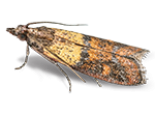 Birdseed & Pantry Moths
Birdseed & Pantry Moths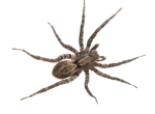 Spiders
Spiders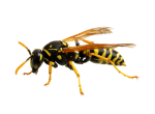 Wasps
Wasps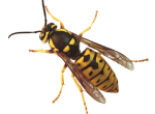 Yellowjackets
Yellowjackets